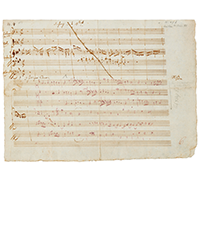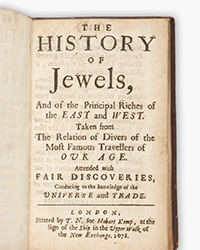An institution in print is coming to an end after a long and storied career. It is a time for mild nostalgia, but not really one for sorrow. The Encyclopedia Britannica, long a dominant presence on library shelves everywhere, will live on as it should – a large, though no longer physical space-hog of a presence, on computers at home and in the library. Perhaps you weren't even aware it still existed in print. Those 32 paper volumes no longer play the role they once did, particularly for schoolchildren. Once upon a time, every child either used, or, to the chagrin of their teachers, relied solely upon Britannica to write their ubiquitous reports on the mineral wealth of Argentina. Today, they rely on the far less vetted Wikipedia to tell them everything they need to know.
The Encyclopedia Britannica was born 244 years ago, when a couple of gentlemen from Edinburgh in Scotland decided such a compendium of knowledge would be a useful tool. That first edition from 1768 contained only three volumes, but by the turn of the 19th century, had expanded to 20 volumes, closer to the size we recognize today. Over the years, it became the most useful tool for general research ever imagined. Every school or local library must have owned a set. Many other encyclopedias would appear, some fairly useful as well, but none carried the prestige of Britannica. If your family was particularly concerned with educating its children, and possessed a fair amount of wealth, you might even have had a set at home. More likely, you had a less expensive encyclopedia or none at all. The need for a genuine Britannica generally forced us to the library, perhaps not such a bad thing after all.
The beginnings of the shift from paper to digital go all the way back to the 1970s, though few could have foreseen then what would inevitably happen in 2012. Britannica began exploring a digital version at that time, which would go live in 1981 as part of the LexisNexis system. Lexis began in 1970 as an electronic resource of legal decisions for lawyers, later expanding to Nexis, which provided journal articles and more. It was (and still is) a database that reaches professionals in their field, but not a mass audience. Then, in 1989, Britannica made its first foray into the digital world for the public with the offering of its encyclopedia on CD-ROM. You could buy the compact disk, stick it in your computer, and the Encyclopedia Britannica was available in all its splendor on your computer screen. It also meant that a new competitor would soon arise, Microsoft's Encarta, an encyclopedia often included “free” with Microsoft's operating system. Encarta lasted for 17 years, or about 7% of the lifetime of Britannica, so far, before Microsoft pulled the plug, a victim of Wikipedia.
The next move into the digital age came in 1994, and this would be the one that eventually would drive a stake through the heart of the printed version. That is when Britannica first went online. Not many people had access to the internet in 1994, and few could have imagined how all-encompassing it would soon be. By the end of the decade, just a few years away, the internet would be swarmed with information and merchants, and the handwriting certainly must have been on the wall. It was now just a matter of time, and in the year 2000, that time turned out to be 12 more years.
In a statement, Encyclopedia Britannica President Jorge Cauz said, “The end of the print set is something we’ve foreseen for some time. It’s the latest step in our evolution from the print publisher we were, to the creator of digital learning products we are today.” Along with the encyclopedia, Britannica offers various other digital resources, most aimed at learning. They even provide “apps” so you can read the encyclopedia on an iPad, iPhone, or iPod Touch. Yes, you can carry the entire Encyclopedia Britannica around in your pocket. That is much easier than the old days when you had to lug all of those heavy volumes off the shelf. The company announced that it will print no more paper volumes and discontinue selling them when its current inventory is gone.
The reason this event marks a bit of nostalgia, but should not be a cause for despair, is that electronic technology is far more suitable for a massive compendium of knowledge such as an encyclopedia. Printed books can still make sense for recreational reading if you prefer that format, but for large scale research, it hardly makes sense. A search can be conducted in a fraction of a second for content throughout the encyclopedia. With the printed version, unless your search term was a topic heading, you could face a daunting task trying to locate the information. Meanwhile, the electronic format allows the editors to add and update information on a daily basis. With the paper version, it could take years, and if you had gone to the expense of purchasing a set, it would likely be many years before you would want to invest in an updated version. In an electronic edition, Britannica can not only be thorough, it can also be timely. And, of course, it is so much easier to use than handling all of those large, printed volumes.
So we say goodbye to a tradition, a childhood friend when we had a report to write and wanted to spend as little time and effort on it as possible. It is time. Progress is usually a good thing, and in this case, it is clearly so. May Britannica long rule the electromagnetic waves.

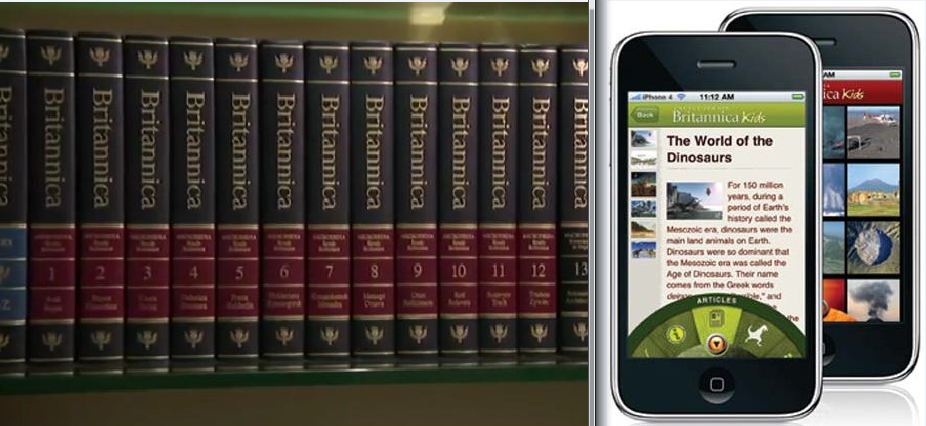
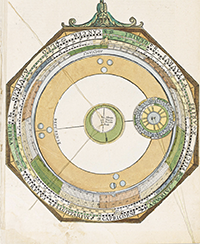

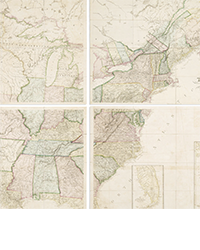


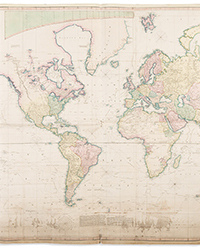

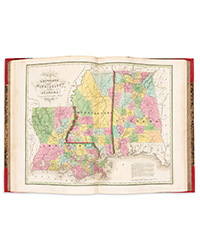
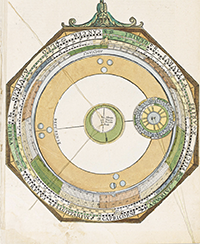
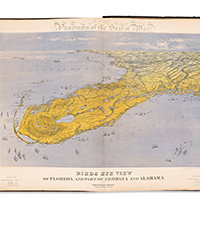
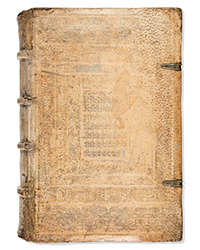
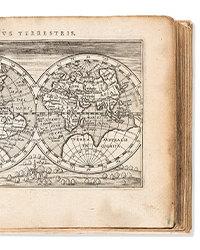
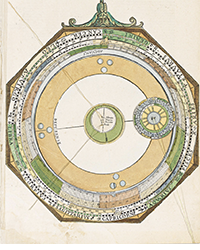
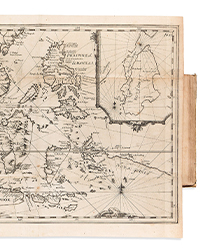
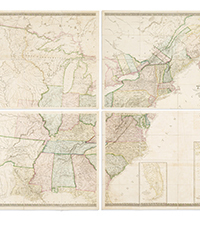

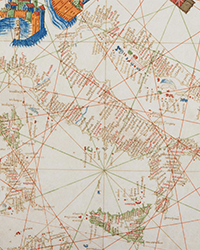
![<b>Sotheby’s, Dec. 11:</b> Darwin and Wallace. On the Tendency of Species to form Varieties..., [in:] <i>Journal of the Proceedings of the Linnean Society,</i> Vol. III, No. 9., 1858, Darwin announces the theory of natural selection. £100,000 to £150,000. <b>Sotheby’s, Dec. 11:</b> Darwin and Wallace. On the Tendency of Species to form Varieties..., [in:] <i>Journal of the Proceedings of the Linnean Society,</i> Vol. III, No. 9., 1858, Darwin announces the theory of natural selection. £100,000 to £150,000.](https://ae-files.s3.amazonaws.com/AdvertisementPhotos/00d5fd41-2542-4a80-b119-4886d4b9925f.png)

